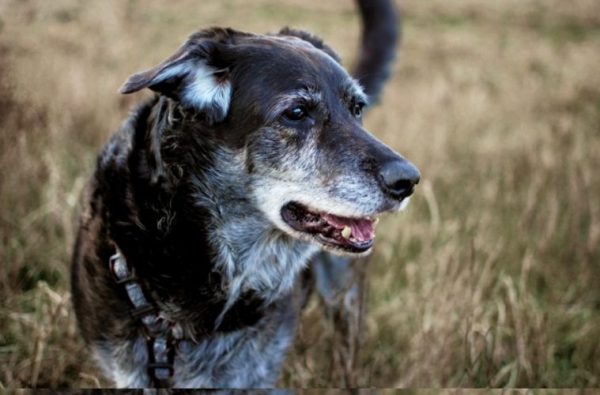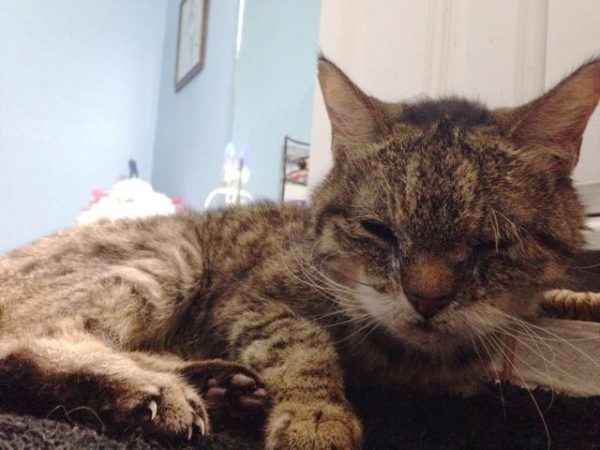By Rob Blizard
One of the bright spots of serving for three years on Norfolk’s now-defunct Animal Advisory Board was getting to know Dr. Tyler Carmack, a veterinarian who focuses primarily on end-of-life care for pets. She also provides euthanasia services in the home.
The decision to euthanize an elderly, suffering animal and beloved companion is, at best, difficult for many pet owners. So, I was curious to know how Carmack advised people on determining the right time to act in such a situation.
“There are some great quality of life tools available online for families who are trying to determine if their pet is still comfortable and living their best possible life,” she told me. “Each of these scales ask family members to explore their pet’s appetite, hygiene, mobility, comfort and personality by ranking their pet with a numerical score.”
The scale that Carmack’s practice uses ranks pets on six aspects of well-being from 0-to-2. Pets with total scores between five to eight are considered to have a decreased quality of life; hospice is suggested for these animals. A score of less than five means euthanasia should be considered.
Carmack also noted that an individual score is not necessarily a reason to pursue euthanasia; however, these tools allow families to more objectively follow their pet’s progress over several days or weeks.
Many families believe a sign is an animal not eating, but, for example, a dog with bone cancer may be in severe pain for 90 percent of the day yet still be willing to eat for the pet owner.
“It’s very individual for each pet, each disease and each family,” the doctor explained.
She pointed out that a second opinion, especially with an end-of-life veterinary practice like hers, can be helpful for people. In addition, she advised that the entire family have an in-depth conversation about the pet’s quality of life to make sure all parties are comfortable with decisions to be made.
“Each member of the family has a unique relationship and perspective about the pet, so being able to address everyone’s concerns is extremely valuable,” Carmack said.
Knowing that it is natural for people to hold out hope for a pet’s health to improve, I asked the hospice veterinarian if she found that people often waited too long before euthanizing an irreversibly-ill pet. Usually, it appears that such a determination is found only in hindsight.
“The most common regret that I hear from families is that they have waited too long in the past for a pet,” she said. “It is so difficult to make objective decisions about your pet during such an emotional time. Anticipatory grief can cloud judgment and make us want to hang on for as long as physically possible.”
As a result, one of her main goals during her hospice appointments is to explore the limits for each pet and its family before emotions overtake judgment so that when the saddest time ultimately arrives, people will be better prepared to say goodbye.
Most people want to do the most humane thing for their pets. As a result, Carmack often must explain what pain looks like in dogs and cats.
“Families cannot expect them to cry out in pain and tell them that they are hurting in such an obvious way. That goes against every instinct of an animal. They try to act as normal as possible, just like they would in the wild. Once families understand that what they are seeing are signs that their pet could be suffering or are quickly approaching that mark, they tend to make the right decision.”
Her biggest piece of advice for people who are approaching the inevitable heartbreaking decision about euthanizing a pet is to know the available options for the animal’s end-of-life care. Such knowledge will help pet owners be more comfortable with the doctor and staff providing care in the final days and months.
“It might be sad to think about, but being prepared before you are in this situation is critical,” Carmack said. “Don’t bury your head in the sand and hope your pets will live forever. You will have to help them during their end-of-life stage just like you have helped them at other times throughout their entire life. Even when it’s terribly hard, they are depending on you to do the best you can for them.”
Complete Article HERE!



